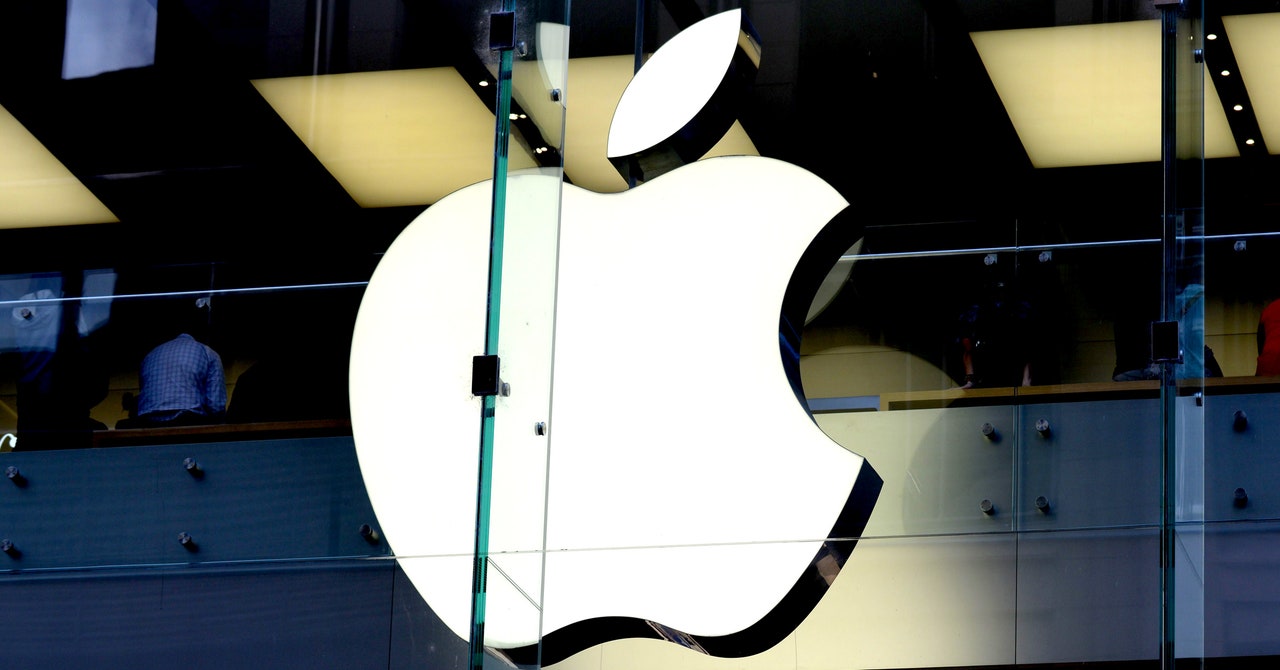Apple will make it a little easier to get an iPhone repaired with used parts, a reversal of its long-standing strict rules for replacing iPhone parts.
The change announced Thursday will begin with “select” iPhone models this fall (The Washington Post reported that it will cover the iPhone 15 and newer). It comes at a time when states are moving to ban part pairing, which requires a company’s software to recognize and approve a replacement part. The practice has long frustrated third-party repair shops as well as home self-repair shops, and lawmakers in the U.S. want to ban it.
Apple has long argued that pairing parts is necessary for security and functionality. Using other parts may cause iPhone to malfunction. Example: Replacing a cracked iPhone screen could cause Face ID to stop working. When the change announced today goes into effect, the company will allow used iPhone parts to function “just like new original Apple parts,” the company said.
However, the changes do not apply to aftermarket parts, a distinction that frustrates right-to-repair advocates. “This is a strategy of half-promises and unnecessarily complicated hedges designed to divert attention from lawmakers who want to ban the practice entirely,” said Kyle Wiens, CEO of iFixit, a company that sells tools and kits for tech repairs .
iFixit conducted tests on the iPhone 15 and found that replacing many parts caused warnings to appear on the screen or features to stop working. When replacing the front camera, for example, there were problems with Face ID and the automatic brightness. Apple says that once installed, genuine parts will be fully calibrated to the device when the changes take effect.
Last month, the first right-to-repair law was passed in Oregon, banning the pairing of parts. The law comes into force in January 2025. Colorado lawmakers are considering a bill that would also ban sharing, planning a hearing on the bill in the state Senate on Thursday. Apple did not respond to a request for comment on these measures.
“To be clear, this move is a result of state legislatures pushing back on this practice,” said Nathan Proctor, senior director of the Right to Repair Campaign at the Public Interest Research Group. “This step won’t happen unless state legislators say, ‘We don’t want to do this.'”
Apple also began offering some manuals and tools for repairing their own devices in 2022, expanding after California passed a law last year requiring manufacturers to provide these materials.
Apple did not immediately respond when asked what parts will be covered when the change takes effect. The company says it has been working on making some parts, like Face ID or Touch ID, reusable over the last two years. “Future” iPhone releases will be able to support used sensors.
Apple has also announced updates that could make iPhone theft less attractive in the future. The company says it will lock iPhone parts from phones reported stolen or lost, limiting their ability to calibrate to another iPhone. Users will also be shown in their settings whether a part on their phone is a new or used original part.
These changes represent a significant reversal of Apple’s long-held stance on third-party repairs. However, repair advocates view these measures as the bare minimum rather than a revolutionary shift. “This was a completely untenable and unethical practice from the start,” Proctor says. “I’m glad the restriction has started, but we need laws to prevent this from happening on any device from any manufacturer, not just a few phones from one manufacturer.”
